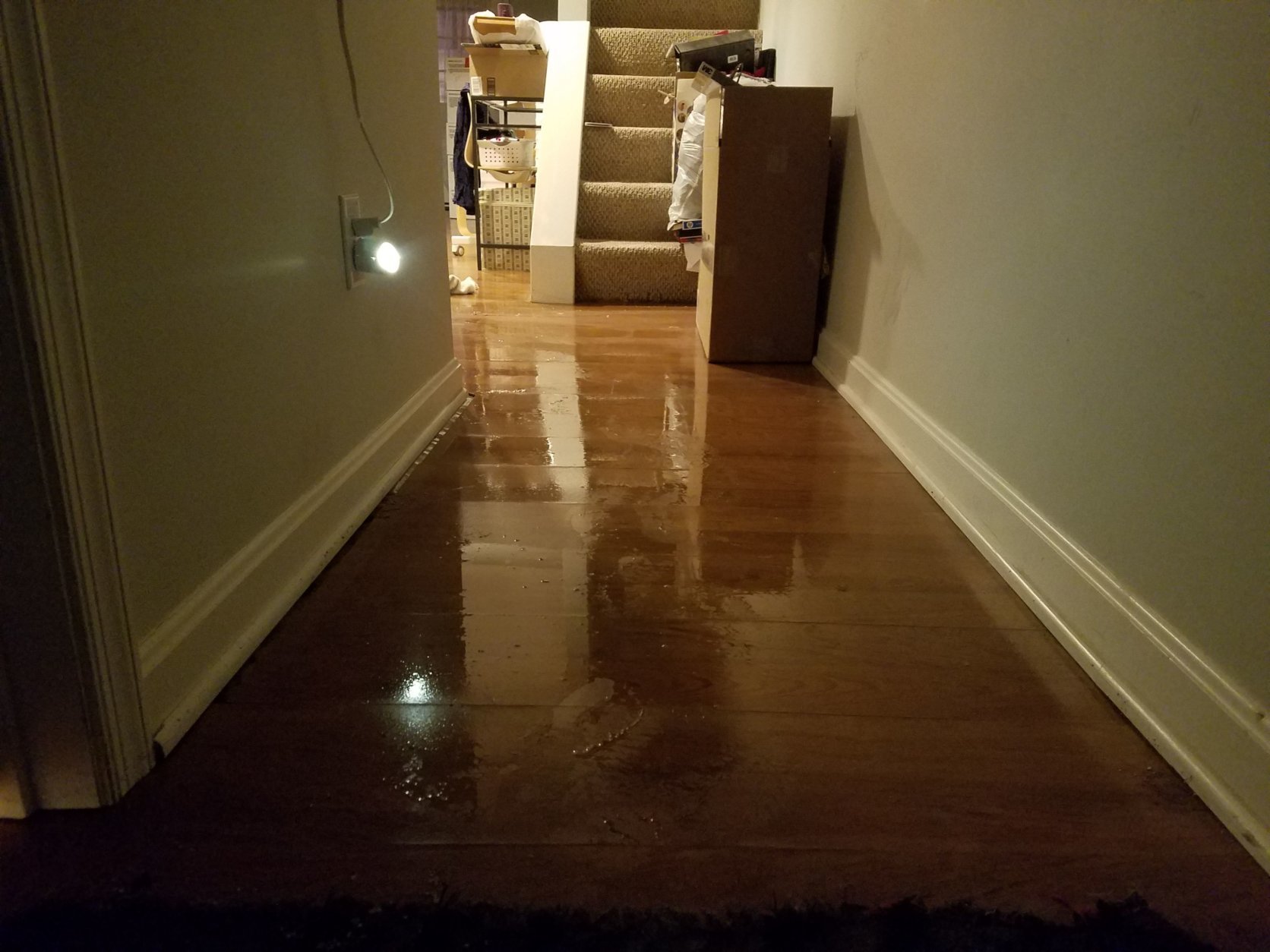When your house floods, the water can wreak havoc on the structure of the house, your belongings, and the health of the inside environment. Flood waters contain many contaminants and lots of mud. High dollar items can get ruined all at once, even with just an inch of water, for example… carpeting, wallboard, appliances, and furniture. A more severe storm or deeper flood may add damage to even more expensive systems, like… ducts, the heater and air conditioner, roofing, private sewage and well systems, utilities, and the foundation.
Table of Contents
You NEED a Professional Restoration Company!
Prevent long-lasting damage to your home or business by calling in a professional because it is well worth the cost and it is the best way to handle flood services damage cleanup and restoration. Professional Restoration Companies have the expertise necessary to get all problems rectified and they will help with your insurance company. they can provide…
- Water extraction
- Cleaning services
- Mold removal
- Flood restoration
- And provide IIRC – certified restoration
What to Expect From Technicians
To start they will extract water form the flooded areas. BluSky Restoration Contractors may use special processes and safety procedures if the flooding involves black or health risks untreated water. They will dry the structure and work on mold removal. They will repair or replace any areas that may contribute to structural damage and they the can clean and restore your appliances.
Stay Safe / Have The Right Tools and Protection
Before your reenter your home after it has been flooded anticipate what you will need for safety. You may need to go to a an store for some things .
- Rubber boots and gloves
Tools for entry just in case the key will not open the door, a crowbar or hammer to break a window - Cleaning supplies
- Camera or phone for doing a video of the damage for the insurance company
- First aid kit
- Supplies for marking and organizing, plastic buckets with lids, zip-top bags all sizes, permanent markers, tape of all kind, storage bins
- Flash lights and lanterns
Turn Off Electricity Before You Enter
Before you enter to turn off the electricity to avoid shock and watch out for submerged dangers. Confirm there are no gas leaks or chemical spills. And be sure to watch for rodents and snakes.
As you enter document the losses take photos of every room, use multiple angles save samples of damaged materials. Mold is the biggest problem and there is a limited time before it grows. Focus on high value solid surface items.
Separate Wet Items By Time
Separate the items that can be disinfected like glass, ceramic, and metal put it in a storage container for later cleaning.
Air Out The Affected Spaces
When the water has receded and the space is declared safe, get some fresh air moving throughout the home. Open all windows, closets and interior doors. You will want cross ventilation, focus on getting any moving air to flow by opening windows on opposite sides of the room and create a draft by opening windows on the top floor, as well. Open all the kitchen cabinets and pantry doors, remove drawers and stack them crisscrossed for maximum ventilation. If electricity is available, use fans but only if the area is free from sewage contamination.
Move Out What You Can
Take the salvageable pieces of furniture and appliances out to the driveway. As soon as possible get the upholstered pieces and mattresses out of the house. If they have been contaminated with sewage, there is no hope of salvaging so as soon possible get rid of them before the terrible smell and dangerous mold forms.
Tear Out Ruined Dry Wall and Carpet
Contact a water restoration specialist as soon as possible so they can help you determine what to do about the drywall. If the dry wall has been wet for more than 24 hours you will need to remove it to avoid mold. If you can remove just the waterlogged bottom it could save you lots of money. Drywall comes in 4 foot lengths. Remove wet carpet and padding. Also tear out flooded electrical receptacles they represent a future fire hazard.












